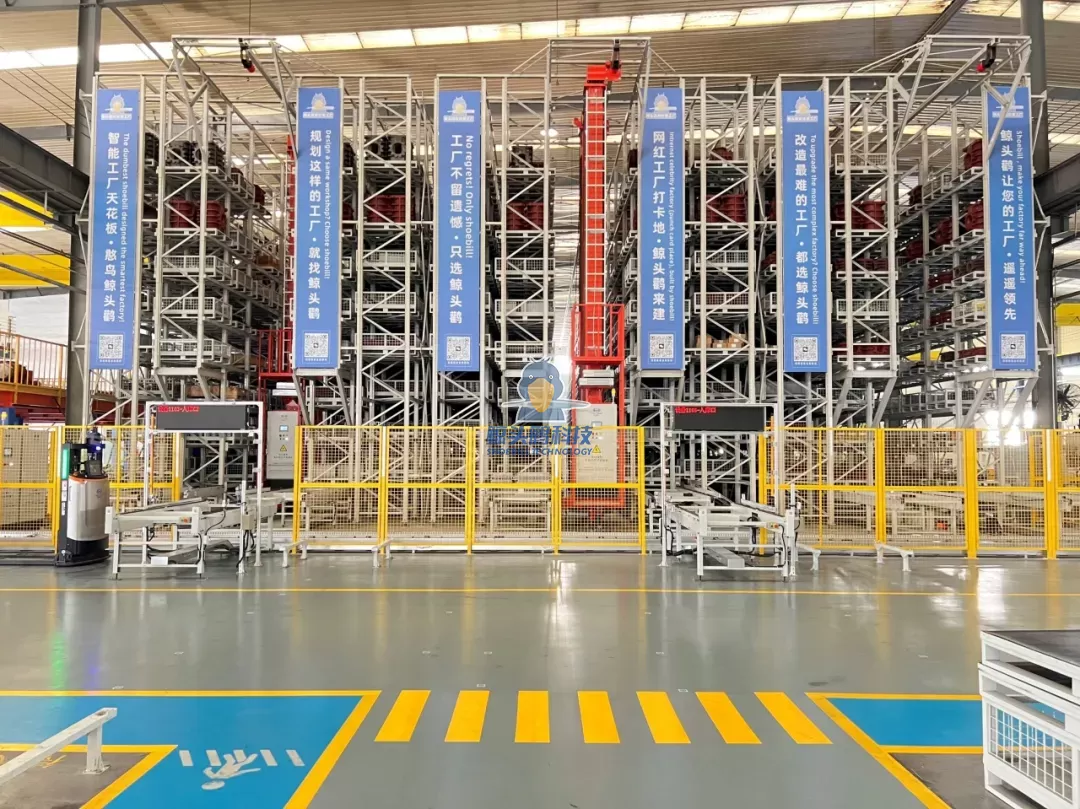Understanding the Distinction: Is Hazard Insurance the Same as Property Insurance?
In the realm of insurance, terminology can often lead to confusion, particularly when it comes to understanding the nuances between different types of coverage. One common point of confusion arises between hazard insurance and property insurance. While these terms are sometimes used interchangeably, they represent distinct concepts within the insurance landscape. This post aims to clarify the differences, applications, and implications of each type of insurance, providing a comprehensive understanding for homeowners and investors alike.
What is Hazard Insurance?
Hazard insurance is a specific type of coverage that protects against risks associated with physical damage to a property. This includes damages caused by natural disasters such as fires, storms, and vandalism. It is important to note that hazard insurance is often a component of a broader homeowners insurance policy. In essence, it covers the structure of the home and any attached structures, ensuring that homeowners are financially protected against unforeseen events that could lead to significant repair costs.
What is Property Insurance?
Property insurance, on the other hand, is a broader term that encompasses various types of coverage designed to protect an individual’s or business’s physical assets. This includes not only hazard insurance but also other forms of coverage such as liability insurance, personal property insurance, and business interruption insurance. Property insurance can be tailored to meet the specific needs of the policyholder, covering a wide range of risks beyond just the physical structure of a property.
Key Differences Between Hazard Insurance and Property Insurance
- Scope of Coverage:
- Hazard insurance specifically addresses risks related to physical damage to the property itself. It does not cover personal belongings or liability claims.
- Property insurance provides a more comprehensive safety net, covering both the physical structure and personal property, as well as liability protection against claims from third parties.
- Policy Structure:
- Hazard insurance is often included as part of a homeowners insurance policy, making it a subset of property insurance.
- Property insurance can be purchased as a standalone policy or as part of a package that includes various types of coverage, depending on the policyholder's needs.
- Risk Management:
- Hazard insurance is primarily concerned with mitigating risks associated with physical damage, focusing on the structure and its immediate surroundings.
- Property insurance takes a holistic approach to risk management, addressing not only physical damage but also potential financial losses due to liability claims or loss of income.
Practical Implications for Homeowners and Investors
For homeowners, understanding the distinction between hazard insurance and property insurance is crucial for effective risk management. When purchasing a home, it is essential to ensure that the property is adequately covered against potential hazards. Homeowners should review their insurance policies to confirm that they have sufficient hazard coverage as part of their property insurance.
For real estate investors, the implications are even more significant. Investors must assess the risks associated with their properties and choose insurance coverage that aligns with their investment strategy. This may involve opting for specialized property insurance that includes hazard coverage, liability protection, and additional endorsements tailored to the specific risks of their investment properties.
Conclusion
In summary, while hazard insurance and property insurance are related concepts, they serve different purposes within the insurance framework. Hazard insurance focuses on protecting the physical structure of a property from specific risks, while property insurance offers a broader range of coverage that includes personal property and liability protection. Understanding these distinctions is vital for homeowners and investors alike, ensuring that they are adequately protected against potential financial losses. By making informed decisions about insurance coverage, individuals can safeguard their investments and achieve peace of mind in an unpredictable world.

